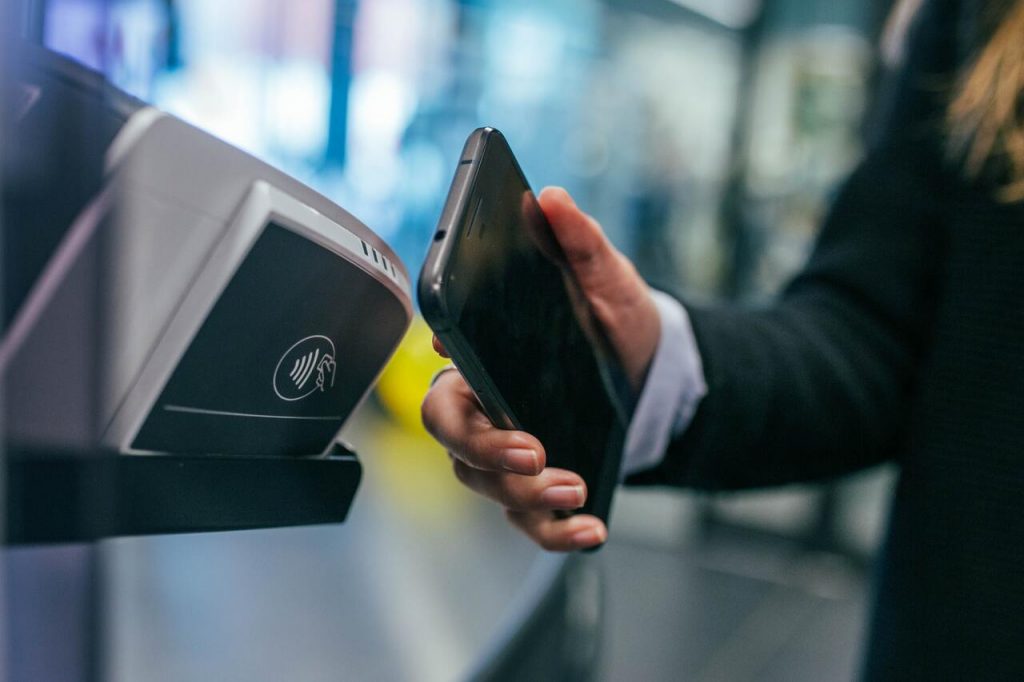New Technologies that Positively Impact The Retail Industry
November 5, 2023
A long time ago, the term retail was only identified by having a physical store. But, because of the technological innovations, it now implies much more than just a “bricks and mortar” retail presence.
The retail industry’s digital transformation is gaining traction, and merchants must attempt to follow up with emerging trends in order to meet the expectations of modern customers.
Here are some of the technologies that will have the most impact on the retail industry’s transition and will result in significant changes for both companies and consumers:
Augmented Reality (AR)
Augmented reality (AR) is a technology that will drastically transform the shopping experience. It enables the integration of the physical and digital worlds. Today, there are various applications that focus on augmented reality. They are frequently used to apply interesting filters to live selfies, as many have already experienced with apps such as Snapchat.
AR is becoming a much more valuable tool in the retail industry. Immersion, engagement, and effectiveness are just a few of the reasons why augmented reality (AR) is becoming a buzzword in the e-commerce business.
Customers may use augmented reality to visit virtual showrooms, to virtually touch, feel, and discover things, and give them a compelling incentive to visit your online store, entirely transforming the purchasing experience.
Customers can use it to virtually try on clothes or see how a piece of furniture might look in their home.
Virtual Reality (VR)
While augmented reality (AR) technology is transforming the retail experience for consumers, virtual reality (VR) is transforming the business side.
For example, while redesigning stores, virtual reality is highly useful for visualizing store design and associated operations. VR allows businesses to test different layouts before rebuilding the physical structure. Virtual reality provides multiple options for designers to experiment and produce a final product that will improve business efficiency.
Soon, there will be no need for physical products in stores since virtual reality headsets can easily replace them. It is more customizable and provides more opportunities. It means that VR has a great potential to will retailers a lot of money.
Self-Checkout
One goal of the retail industry is to make shopping easier for customers. Self-service checkouts allow retailers to eliminate long queues that may cause client unhappiness.
Customers also can make purchases completely on their own due to new technology.
Amazon Go, for example, has a convenient mobile app-based checkout that helps facilitates the purchase process.
China has gone even further by introducing face-based payments, through facial recognition technology. This payment method requires nothing more than a consumer’s smile to identify them and make a payment.
Self-service checkouts not only provide customers with an entirely new experience, but they are also transforming the traditional design of retail businesses, making them appear more modern and even futuristic.

Personalisation
Personalisation can be achieved through people tracking and facial recognition. In-store sensors, for example, will assess consumer demographics and track where people tend to gather within a store. It enables retailers to track where customers first enter stores and subsequent movements to then be able to design the most effective store layout.
Face recognition technology may also assist in the identification of customer preferences and VIP type customers. It would be beneficial to offer them assistance and even discounts on a timely basis to support retailers established relationships.
Additionally, this technology could be utilized in preventing theft!
Conclusion
Consumers’ perspectives around shopping have shifted dramatically as a result of new developing technology.
Retailers and their stores face very high expectations from consumers. As a result, retailers must keep their fingers on the digital and technology pulse and aim to be the first to adopt these, while continuing to enhance and improve their customer experiences and associated retail revenues.











